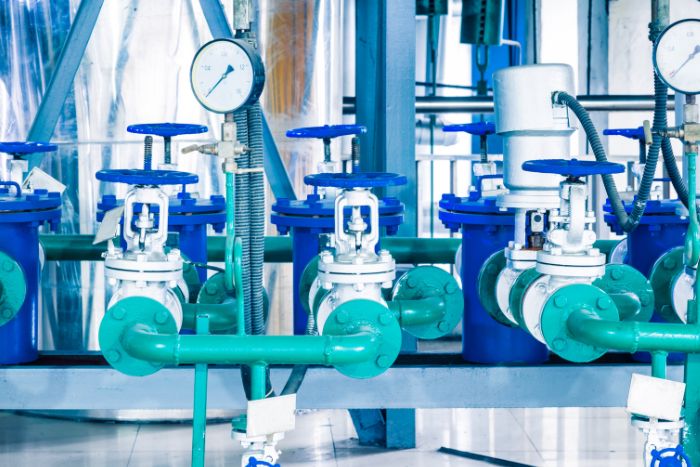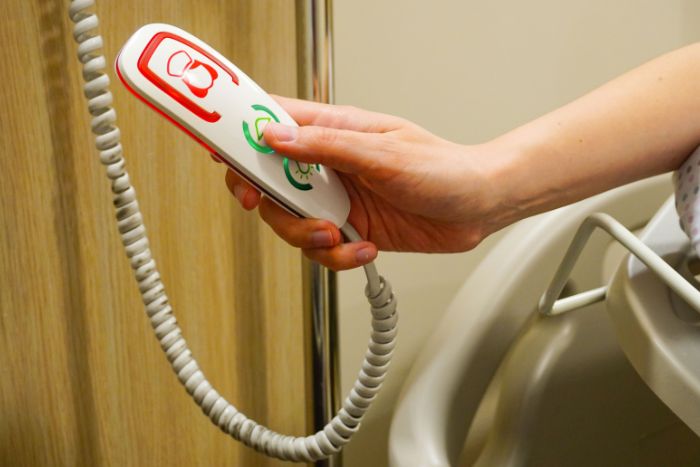Key Benefits of Modular Operation Theatres
Specialized, Controlled environments, used for surgery and medical procedures are called Modular Operation Theatres (OTs). As they are more flexible, more efficient and more hygienic than traditional fixed OTs, they offer several advantages. Here are the key benefits of modular operation theatres: Antibacterial and Antimicrobial Surfaces: Materials for modular OTs are resistant to bacteria, and the OTs can be easily sanitized. This significantly reduces the risk of infections during surgeries.Efficient Airflow Systems: HEPA (High Efficiency Particulate Air) filtration systems typically used to create a sterile environment are available in modular OTs, both for filtering out dust, bacteria, and viruses. Controlled Environment: Using the same controls of temperature, humidity and air pressure, modular OTs achieve the tight control required over infection prevention. Modular Construction: It is flexible for medical practice that can customize the layout and design for its specific requirements. In can be used to add, remove, or relocate units and components in the OT and it allows hospitals to alter the OT based on their different surgical requirements. Adaptability: Modular OTs can be easily expanded or reconfigured as technology evolves or the facility’s need changes, thereby cutting overall costs and the impact of later renovations.



